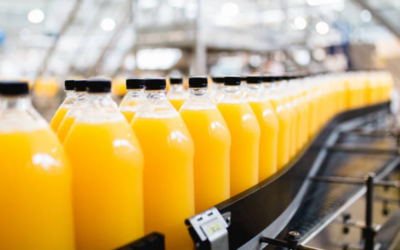Landfill juice. Garbage water. Leachate. Whatever you call it, it can be a problem for landfill operators. Managing leachate can be as high as 30% of a landfill’s operating costs. Before a treatment method can be determined, it’s important to first understand your leachate.
The types of waste accepted at a landfill, as well as the age of the cells producing leachate, will contribute to the properties of the leachate.
Early in a landfill decomposition, leachate will have a lower pH and high biochemical oxygen demand (BOD), total organic carbon (TOC) and chemical oxygen demand (COD). As the landfill ages, the pH neutralizes and the BOD, TOC and COD lowers. The pH of the leachate depends not only on the concentration of the acids present, but also on the partial pressure of the CO2 in the landfill gas that is in contact with the leachate.
The biodegradability of the leachate will also vary with time. In young landfill cells the BOD/COD is approximately 0.5 and organic matter in leachate is readily biodegradable. In mature landfills, the BOD/COD lowers to the 0.05 to 0.2 range, because the leachate in mature cells typically contains humic and fulvic acids which are not readily biodegradable.
Various types of wastes accepted at a landfill also contribute to the chemical and biological properties in leachate. Some examples of different waste streams and their effects include:
1. Construction and demolition (C&D) waste tends to cause high concentrations of total dissolved solids in the leachate. Primary contributions to the dissolved solids are sulfate and calcium, predominantly from gypsum drywall. Concrete in C&D landfills causes high leachate pH, often as high as 11.
2. Industrial waste can contain any number of toxins, heavy metals or pharmaceuticals that will affect leachate quality and require treatment to some degree.
3. Leachate from exploration and production (E&P) waste from the drilling and fracking industry can possess high concentrations of total dissolved solids (TDS), chlorides, and sulfates and moderate concentrations of toxic heavy metals. E&P waste can also contain naturally occurring radioactive material which can be present in the leachate.
Physical properties such as flow rate (average, peak, and minimum) and temperature are not to be forgotten. Flow rates are important in sizing any potential system. Temperature, especially elevated temperatures, will affect process selection and materials.
Because of wide variations in leachate characteristics, even from a single landfill, design of treatment is not a one-solution-fits-all scenario. Some leachate may require multiple technologies to address all the constituents of concern. Stay tuned for a future article on the various treatment methods available.
Special thanks to Amy Dill, PE, Design Manager, for her expertise and article contributions. Amy Dill is a licensed Professional Engineer with more than 15 years of experience. Her field of expertise is in process design for the water/wastewater and solid waste industries. Amy also serves as an Adjunct Professor at the University of New Haven where she teaches graduate level courses on Solid Waste Management for the School of Engineering.
Additional acronyms and technical definitions can be found here from the United States Environmental Protection Agency.




